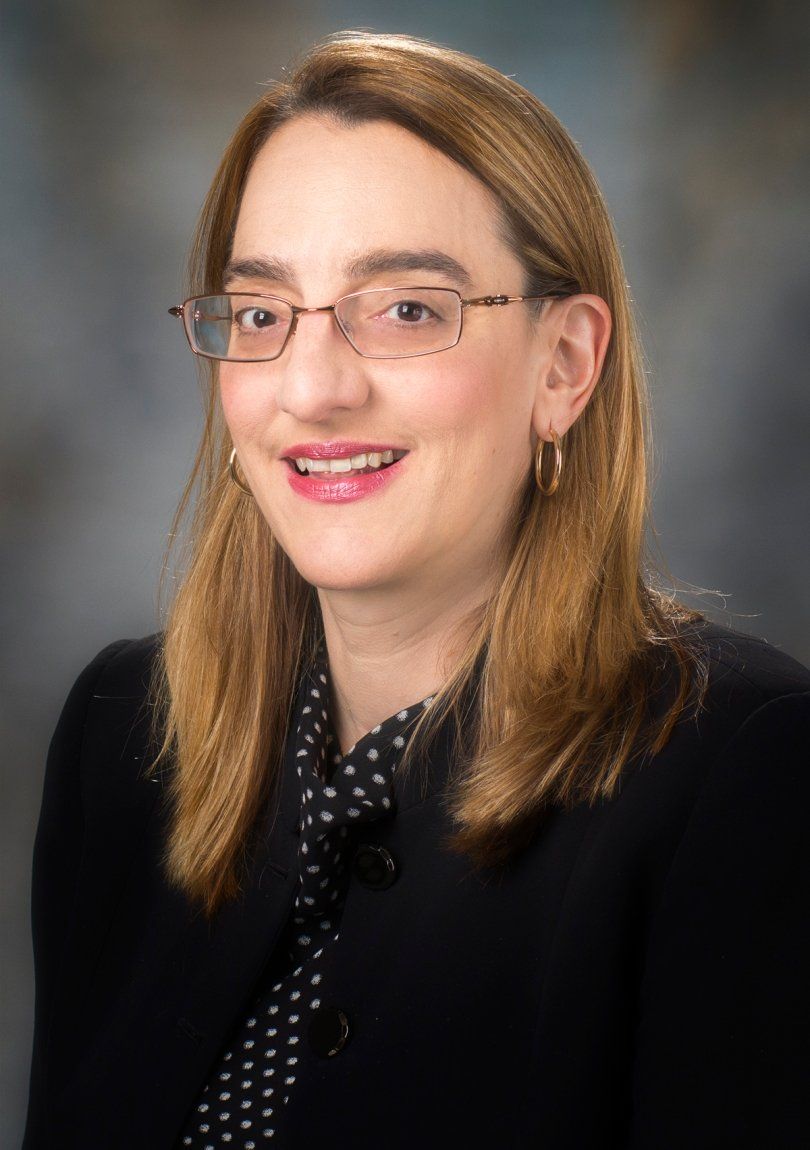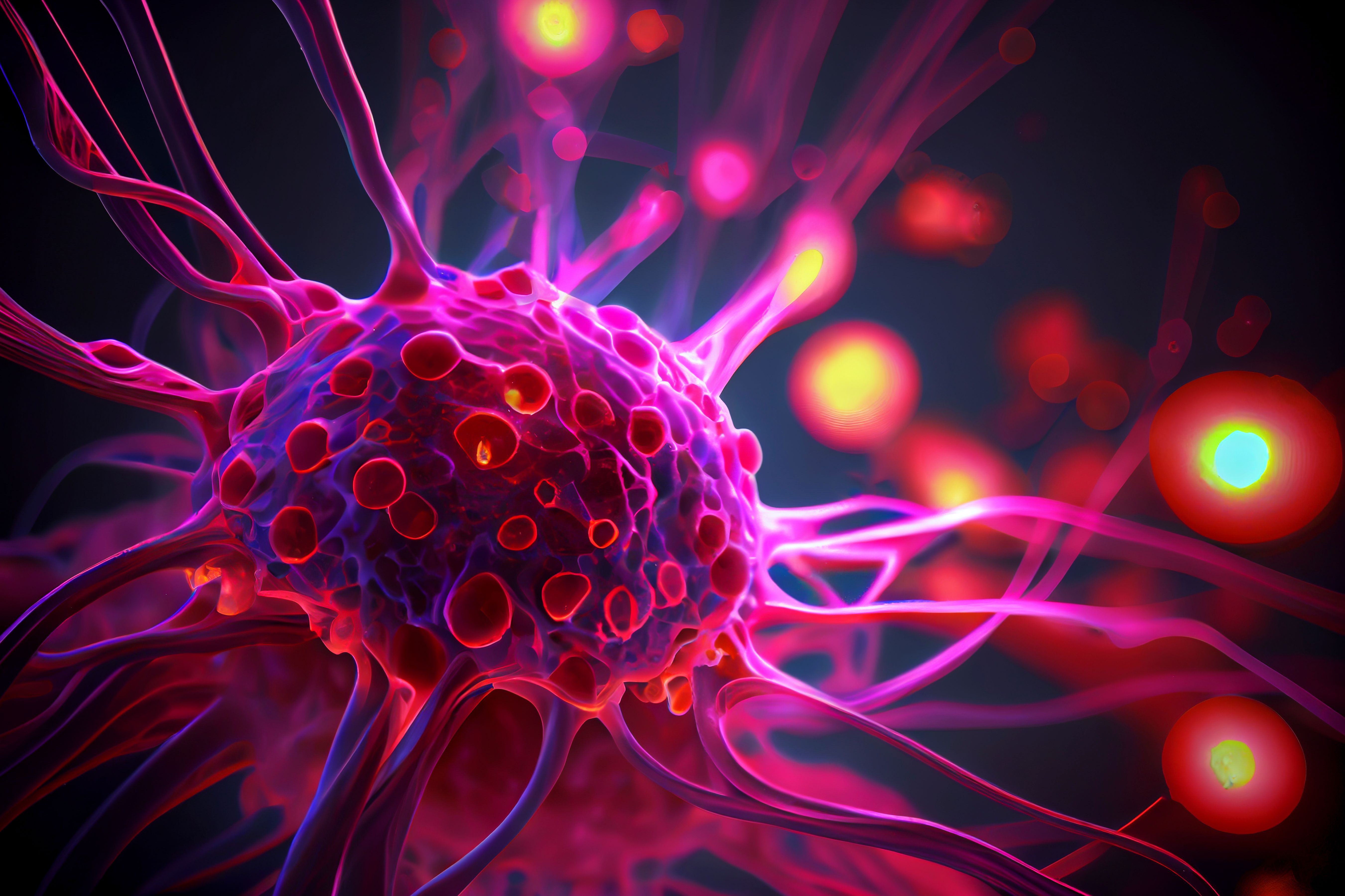T-DXd Shows Effectiveness in Treating HER2+ Advanced Solid Tumors
The DESTINY-PanTumor02 trial and the HERALD/EPOC1806 study are showing promising data regarding trastuzumab deruxtecan across several tumor types, including endometrial, cervical, ovarian, bladder, biliary tract, pancreatic, and more.
Funda Meric-Bernstam, MD

Researchers are reporting positive results from clinical trials investigating fam-trastuzumab deruxtecan-nxki (T-DXd) for the treatment of patients with advanced solid tumors that harbor a HER2 amplification.1,2
T-DXd has already been approved for use in some cancers, including patients with HER2-positive metastatic breast cancer, unresectable or metastatic HER2-low breast cancer, HER2-positive gastric cancer, HER2-mutant non-small cell lung cancer, and more.
“Trastuzumab deruxtecan is already known to be active as an antibody-drug conjugate [ADC] and we already know that it has efficacy in the setting of HER2-low, as well as HER2-positive breast cancer, and in HER2-positive gastric cancer, as well as lung cancer,” explained Funda Meric-Bernstam, MD, in an interview with Targeted OncologyTM.
Now, research from the DESTINY-PanTumor02 (NCT04482309) trial and the HERALD/EPOC1806 study (UMIN000029315) show promising data regarding T-DXd across several tumor types, including endometrial, cervical, ovarian, bladder, biliary tract, pancreatic, and more.
Utilizing HER2 Amplification as a Target
The genetic alteration targeted by T-DXd is known as HER2 amplification. The HER2 gene helps regulate cell growth, and amplification of the gene can lead to uncontrolled cell growth and cancer development.
“HER2 amplification [goes beyond] gastric cancer and breast cancer. Three to 5% of patients with solid tumors have a HER2 amplification, so it is an unmet medical need,” said Hiroya Taniguchi, MD, in an interview with Targeted OncologyTM.
Traditionally, HER2 amplification has been detected through a tissue biopsy. However, the HERALD study used a blood test to identify patients with HER2 amplification and sought to use T-DXd among patients with advanced solid tumors. The blood test analyzes cell-free DNA (cfDNA) circulating in the bloodstream and may offer a less invasive way to diagnose tumors that are HER2-positive.1
Hiroya Taniguchi, MD

The DESTINY-PanTumor02, which sought to evaluate T-DXd in patients with pre-treated HER2-positive solid tumors, excluding breast and gastric cancers, utilized a tissue biopsy.2
“This is also a tumor agnostic basket type of trial using T-DXd d for HER2-expressing tumors,” said Taniguchi.
“Here, our question was, can we assess if trastuzumab deruxtecan [has] antitumor activity? We asked this question by enrolling patients that had advanced solid tumors,” added Meric-Bernstam, chair of the Department of Investigational Cancer Therapeutics at MD Anderson Cancer Center, in the interview.
While HERALD is a smaller, investigator-initiated phase 2 trial which enrolled 62 patients with 16 cancer types, the DESTINY-PanTumor02 is a larger, multicenter phase 2 trial which included 267 patients across 7 tumor cohorts. Responses were observed in patients with different cancer types, including some that are typically difficult to treat.
Specifically, findings showed that in the HERALD trial, the confirmed overall response rate (ORR) was 56.5% (95% CI, 43.3%-69.0%) at a median follow-up of 8.9 months.1 This result was statistically higher than the threshold value of 5%. Responses were observed for 13 cancer types, including KRAS-mutant colorectal cancer, PIK3CA-mutant endometrial cancer, and tissue HER2-negative gastric cancer.
Additionally, the ORR by independent review was 58.1% (95% CI, 44.8%-70.5%), and the disease control rate observed in the study was 90.3% (95% CI, 80.1%-96.4%). For median progression-free survival (PFS), the rate was 7.0 (95% CI, 4.9-9.7) months, and the median duration of response (DOR) was 8.8 months (95% CI, 5.8-11.2). Overall, responses to T-DXd were durable, and the safety profile of the drug was considered manageable, with most adverse effects (AEs) being mild or moderate.
Cancer cells, malignant cells, generative ai illustration: © Dr_microbe - stock.adobe.com

“The primary end point was all about response rate by investigator assessment. The [HERALD study] met the primary end point,” said Taniguchi. “The safety profile is [also] similar and in line with previous studies using T-DXd.”
Among all patients in the DESTINY-PanTumor02 study, the ORR was 37.1% (n = 99; 95% CI, 31.3-43.2), with responses in all cohorts with a median DOR of 11.3 months (95% CI, 9.6-17.8), median PFS of 6.9 months (95% CI, 5.6-8.0), and median overall survival (OS) of 13.4 months (95% CI, 11.9-15.5).2 A total of 75 patients had central HER2 immunohistochemistry 3+ expression and in this group, the ORR was 61.3% (95% CI, 49.4%-72.4%), the median DOR was 22.1 months (95% CI, 9.6-not reached), the median PFS was 11.9 months (95% CI, 8.2-13.0), and the median OS was 21.1 months (95% CI, 15.3-29.6).
Safety data from this study showed that grade ≥3 drug-related AEs were seen in a total of 40.8% of patients, and 10.5% had adjudicated drug-related interstitial lung disease. Additionally, 3 deaths occurred during the study.
“This study also shows a high effectiveness for the HER2-amplified solid tumors. Reproducibility is very important. Also, in the DESTINY-PanTumor02 trial, [there was] tissue agnostic efficacy for the HER2-amplified patients, so there were important results in both trials,” said Taniguchi.
“This is the first pan-tumor ADC trial to show tumor agnostic activity, so that was notable. We were excited to see each activity across tumor types, but also notable is the durability,” added Meric-Bernstam about DESTINY-PanTumor02.
While there were some differences between the study design and findings from the HERALD vs DESTINY-PanTumor02, like the HERALD study included patients who had not received prior treatment for their cancer while DESTINY-PanTumor02 included patients who had already received at least 1 prior systemic treatment, both studies suggest that T-DXd is a promising therapy for patients with HER2-positive tumors.
“Trastuzumab deruxtecan is highly effective for the HER2-amplified solid tumors other than gastric and breast cancer. It has a great impact on clinical practice for the future,” added Taniguchi.
It is important to note that the HERALD provides early data on a broader range of tumor types using a less invasive method for HER2 detection, and the DESTINY-PanTumor02 offers more mature data on a specific group of pre-treated patients.
Potential for Broader Use
These findings suggest that T-DXd could be a valuable treatment option for a wider range of patients with advanced solid tumors.
“With meaningful clinical activity, this could represent a new treatment option for patients that are HER2-expressing. If it becomes available, this is something that I think our oncologists will be able to pursue as a true testing option,” added Meric-Bernstam.
Currently, treatment options for many HER2-positive tumors are limited, so being able to use a blood test to detect HER2 amplification shows immense potential.
As the HERALD study was a phase 2 clinical trial, more research is needed to confirm these findings and to determine the long-term effects of T-DXd.
REFERENCES:
Meric-Bernstam F, Makker V, Oaknin A, et al. Efficacy and safety of trastuzumab deruxtecan in patients with HER2-expressing solid tumors: primary results from the DESTINY-PanTumor02 phase II trial. J Clin Oncol. 2024;42(1):47-58. doi:10.1200/JCO.23.02005
Taniguchi H, Yagisawa M, Satoh T, et al. Tissue-agnostic efficacy of trastuzumab deruxtecan (T-DXd) in advanced solid tumors with HER2 amplification identified by plasma cell-free DNA (cfDNA) testing: Results from a phase 2 basket trial (HERALD/EPOC1806). J Clin Oncol. 2023;41(16):3014. doi.org/10.1200/JCO.2023.41.16_suppl.3014
T-DXd Emerges as Top Pick For HER2+ Breast Cancer
January 3rd 2024Trastuzumab deruxtecan emerges as a superior second-line option for HER2-positive metastatic breast cancer, with a fourfold increase in median progression-free survival vs trastuzumab emtansine, as reported in the DESTINY-Breast03 trial.
Read More